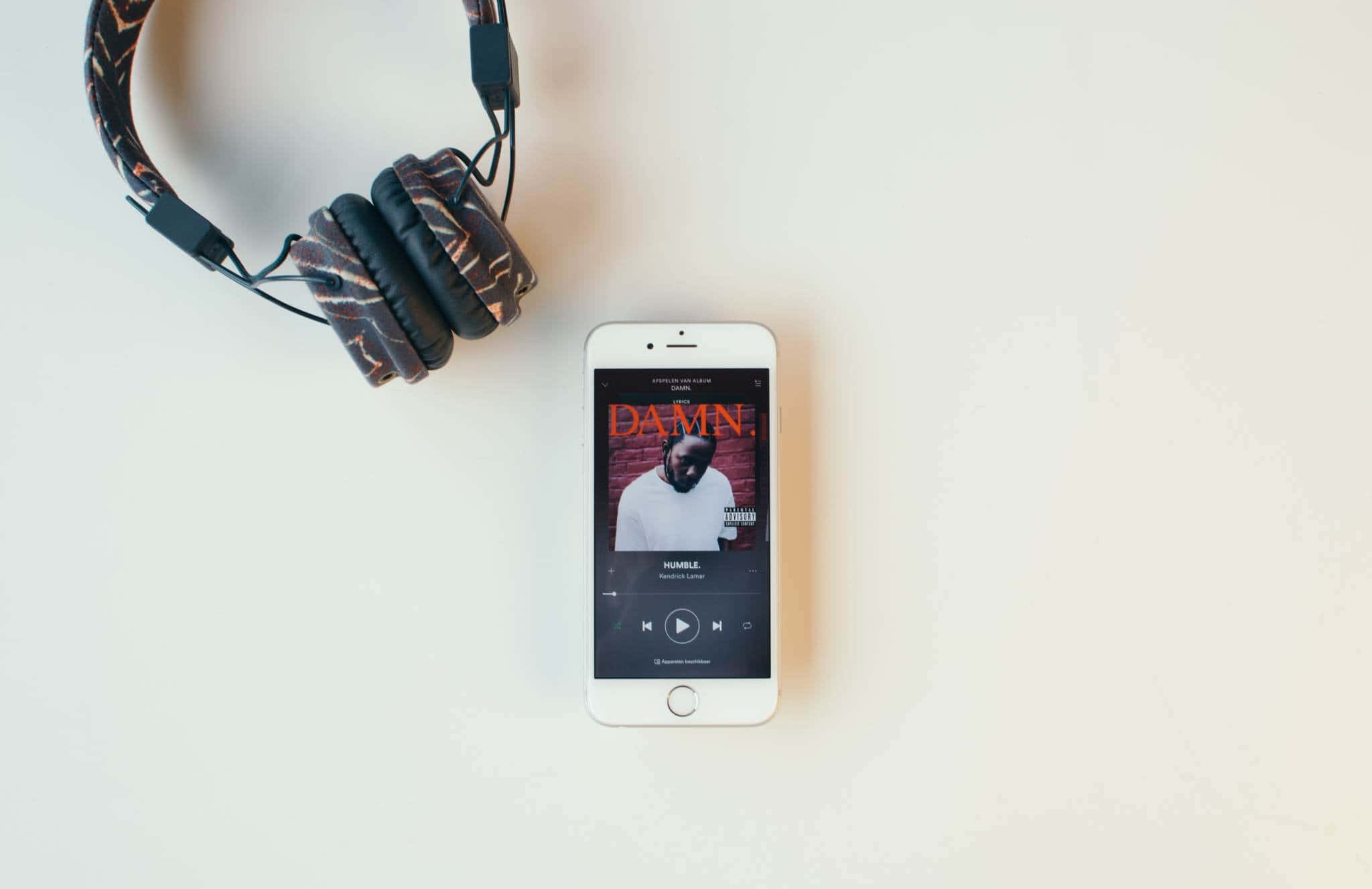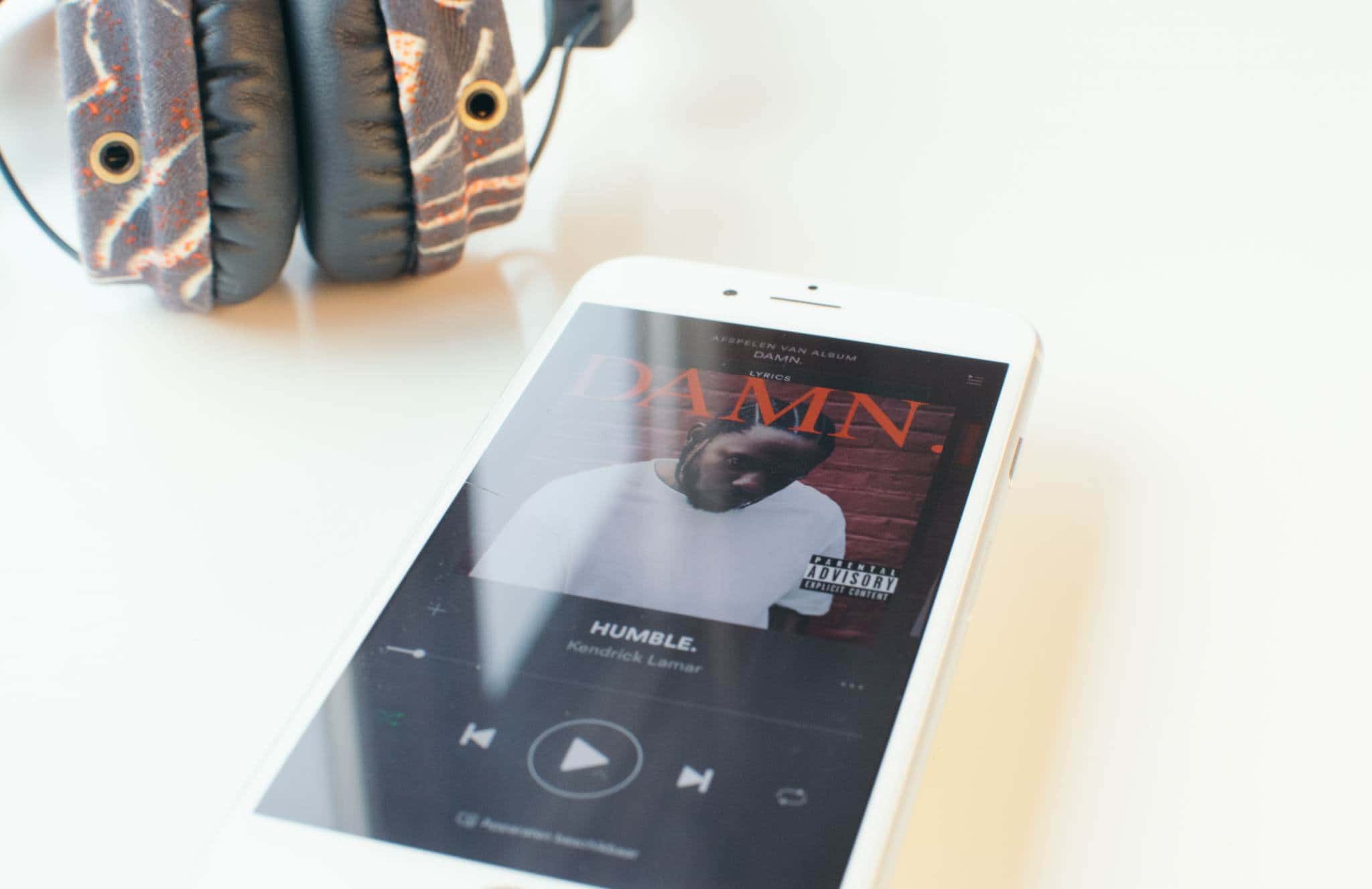[mks_dropcap style=”letter” size=”48″ bg_color=”#ffffff” txt_color=”#000000″]I[/mks_dropcap]t is the year of 2041. Spotify and iTunes went bankrupt after new technology took over the music industry. But before we listened to digital music, there were other ways to hear your favorite artists. There was, for instance, the LP record and the CD. Also, do you still remember the cassette tape? Our photographer explored his personal collection of relics to show you what it was like to listen to music before Spotify went bankrupt.
It is of course not the year of 2041 and Spotify is one of the largest streaming services in the world (and not bankrupt). But before we invent new ways to listen to music, let’s dive into some music listening history. We will discuss the LP record, the cassette tape, the CD, the iPod and Spotify. The lessons will be guided by imagery of a few music relics.
The LP record
You spin me right round, baby
Right round like a record, baby
Right round round round
The lyrics of You Spin Me Round by Dead or Alive say it all: the LP record is a round object made by vinyl and is played by spinning it around with a record player. The way this object of 12 inches wide contains music is by tracks pressed into the vinyl. This way to listen to music was invented in 1948 by Columbia Records. Today, LP records are making a revival and many artists still release music on LP’s.
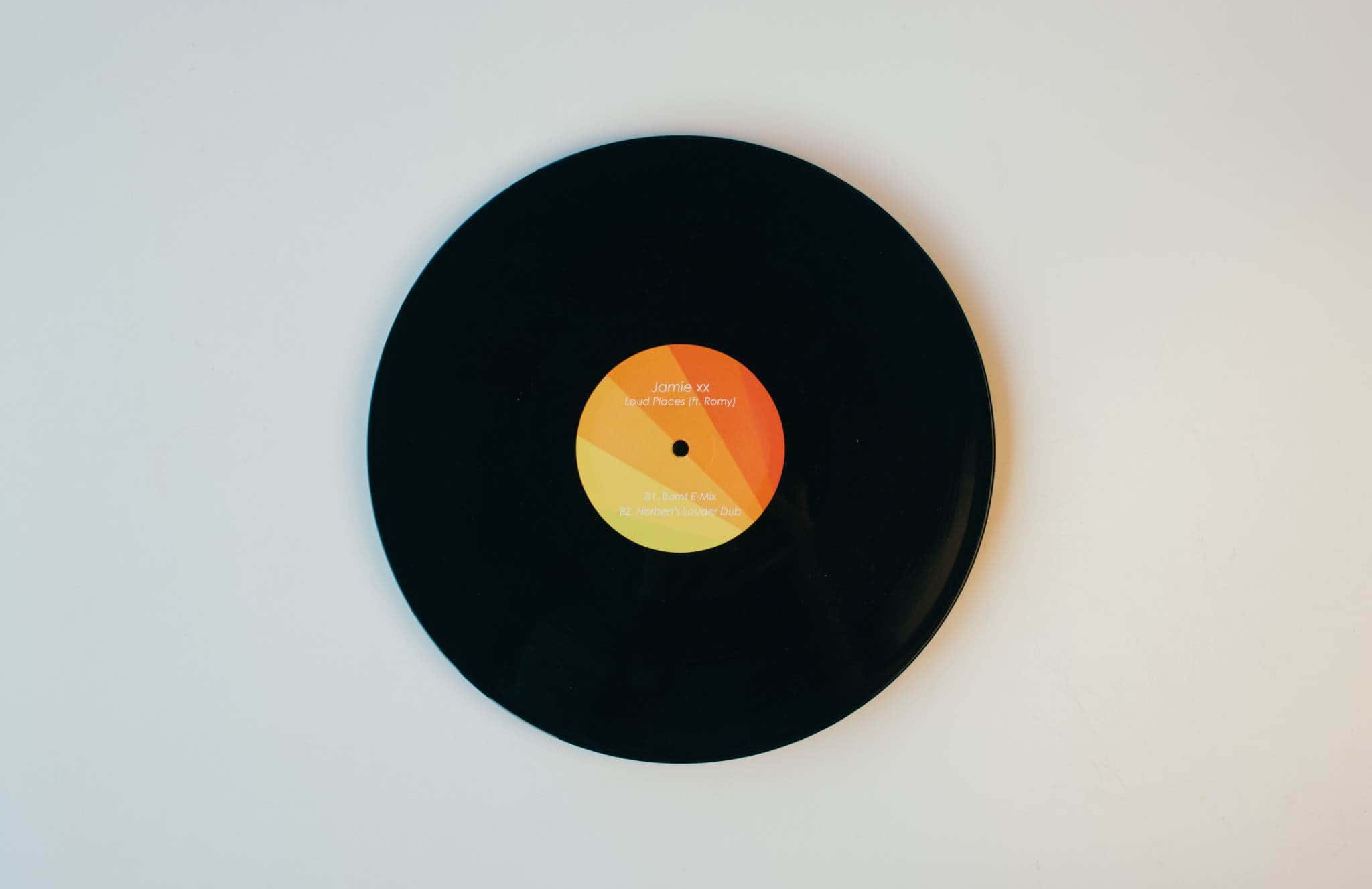
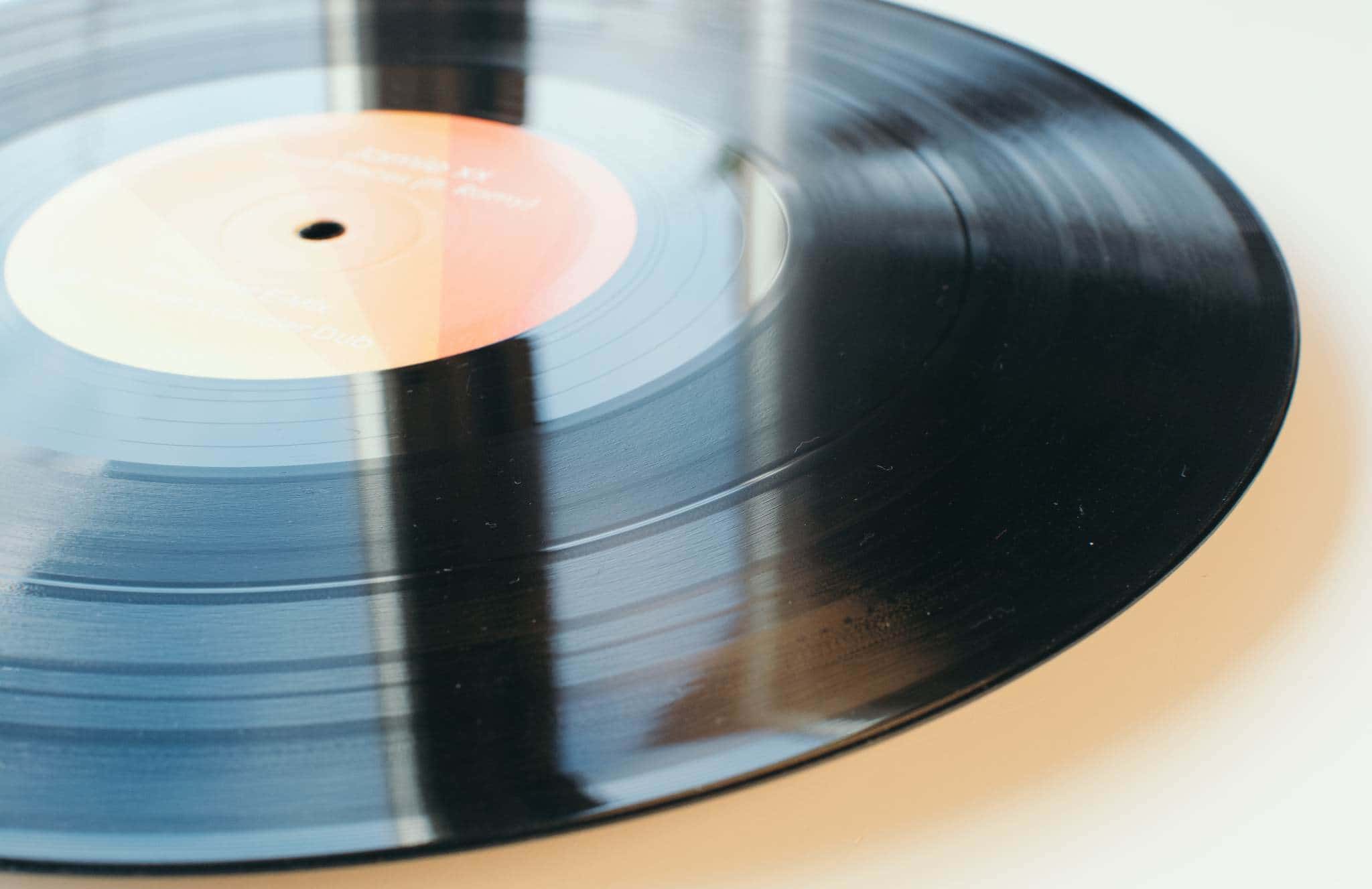
The Cassette Tape
By the year of 1963, Philips invented the Cassette tape. This music carrier was very popular alongside the LP record. The greatest benefit of the cassette was its size. It was so small that people could carry it around, in contrast to the lp. Also, you could remove the cassette from the player halfway, what was not possible with a traditional tape.
Today, cassettes are not as popular as lp’s or other media, but who knows what the future might bring…
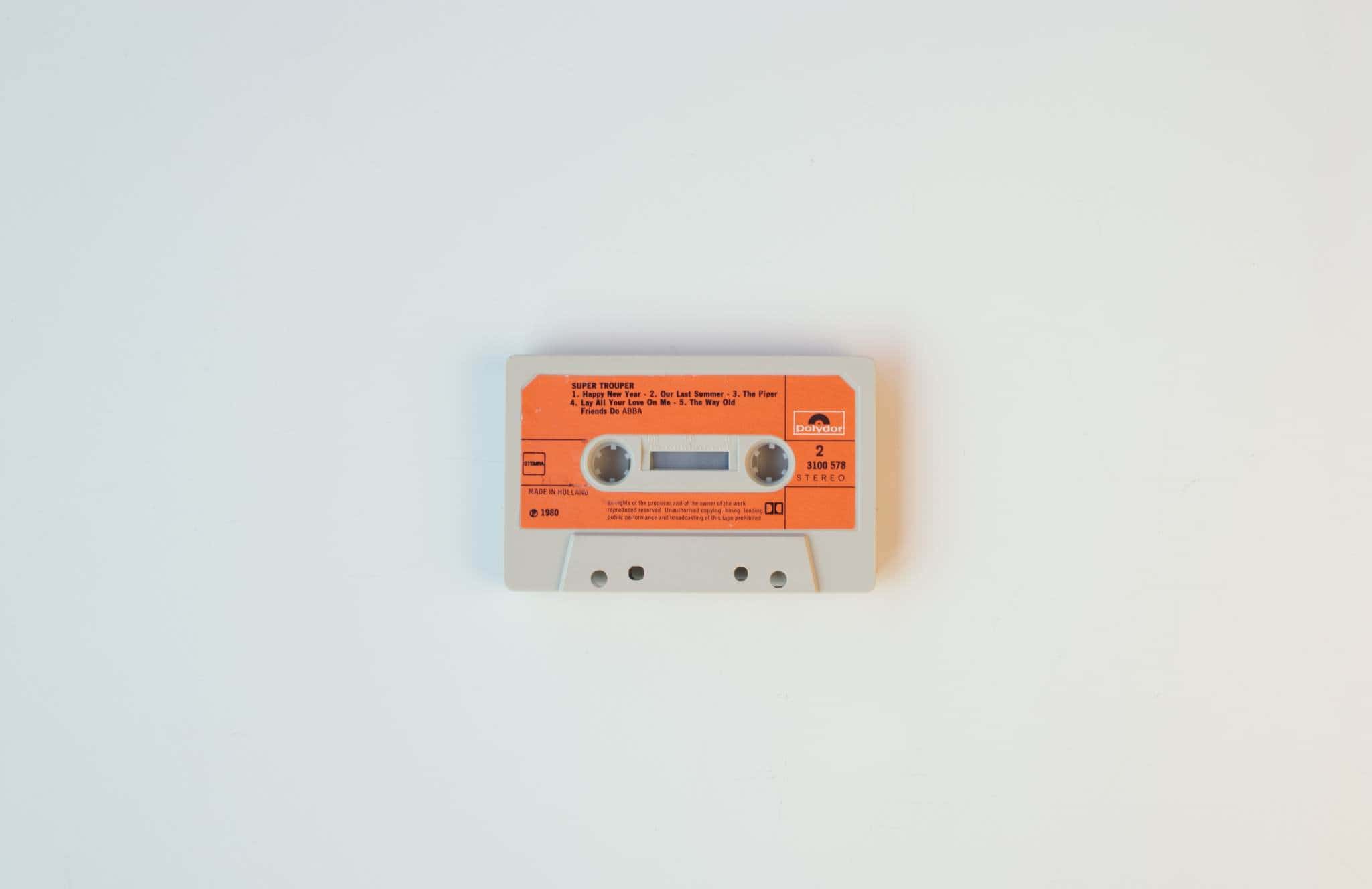
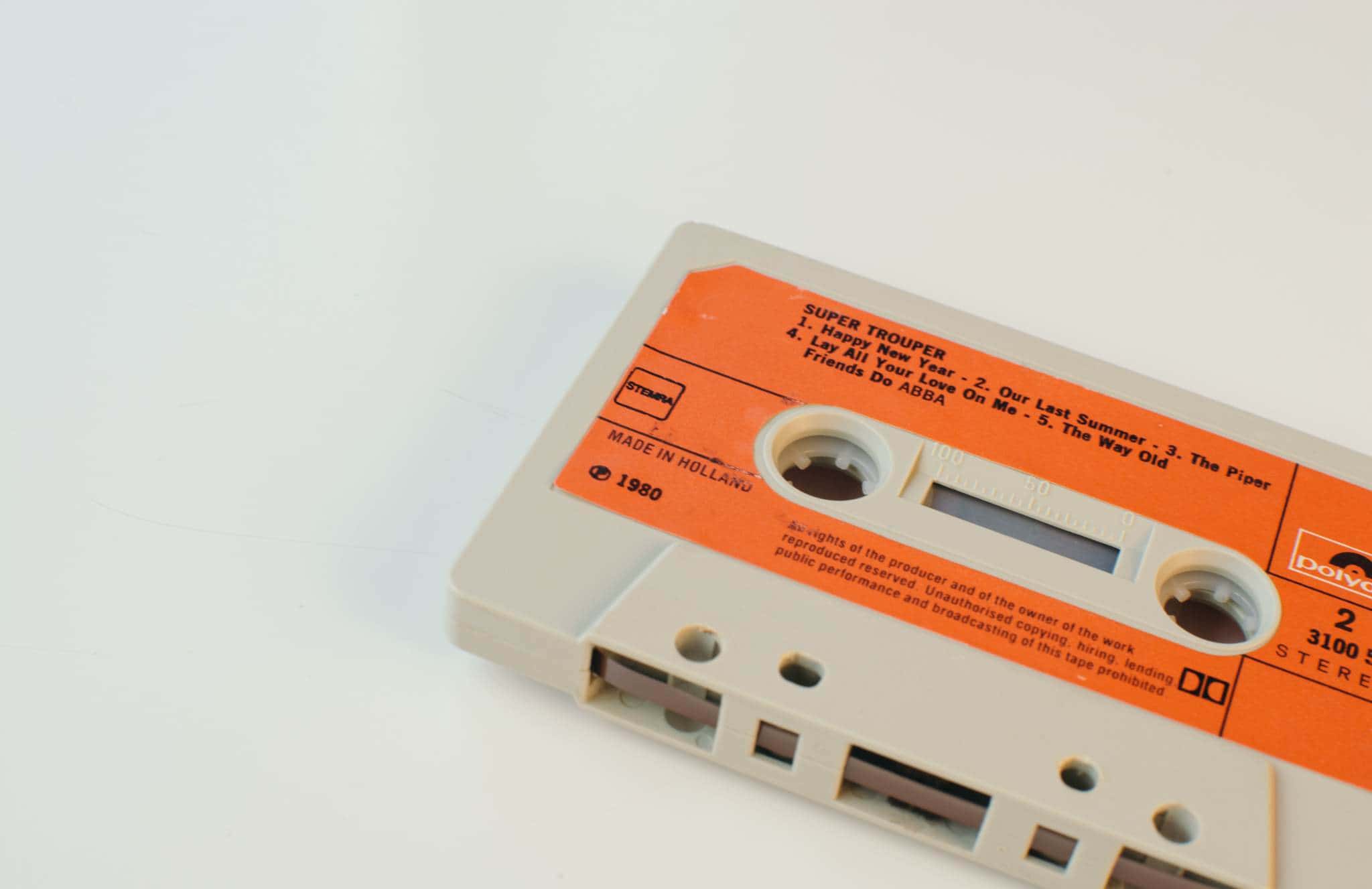
The CD
The compact disc, or cd for short, was invented by Philips and Sony in 1979. It was meant to compete with the lp record, and a few years later the CD was also usable to store computer data. The shiny disc is read by a laser, and played by a cd-player. The CD was a breakthrough for digital audio listening, and brought better quality.
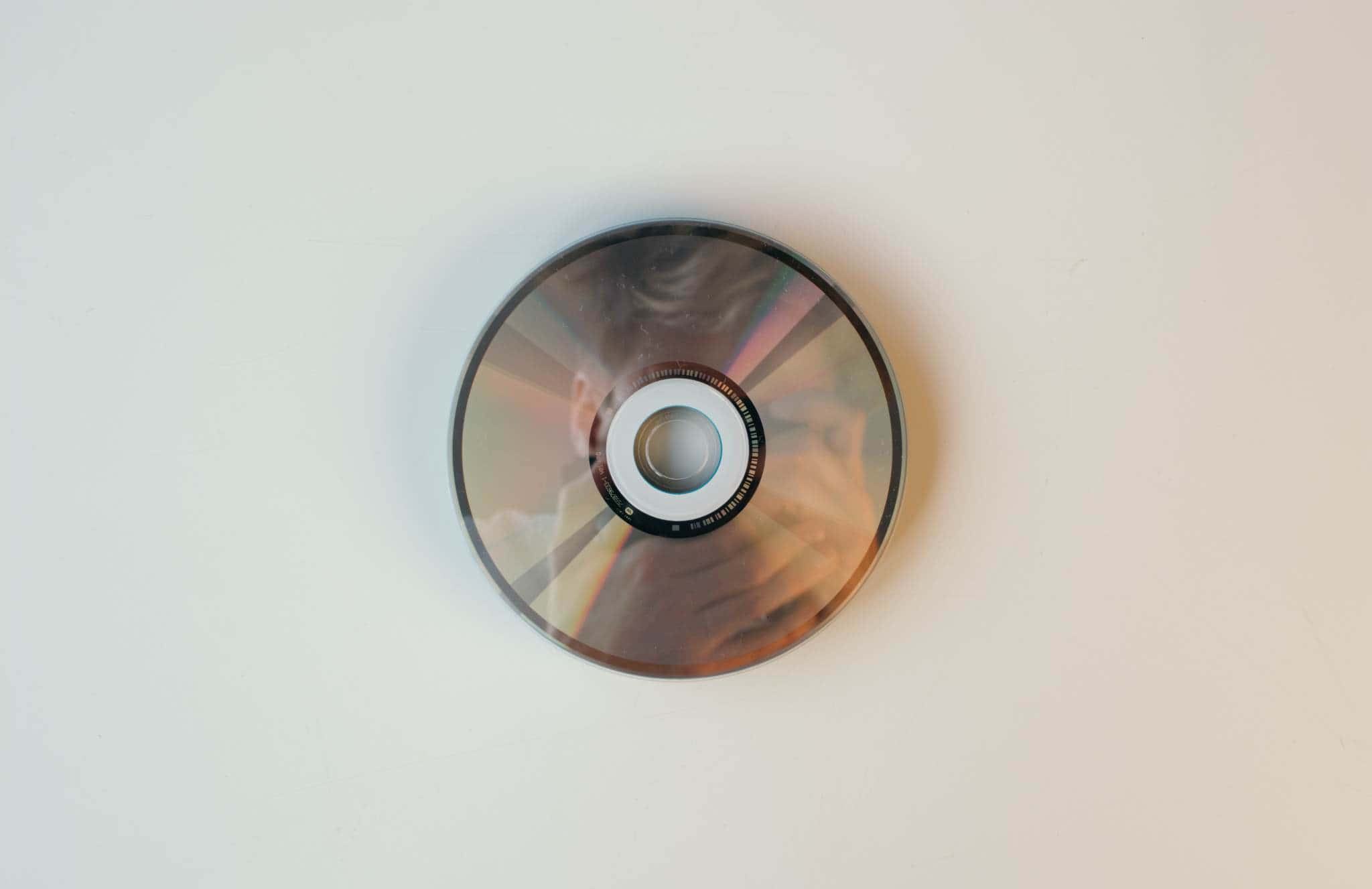
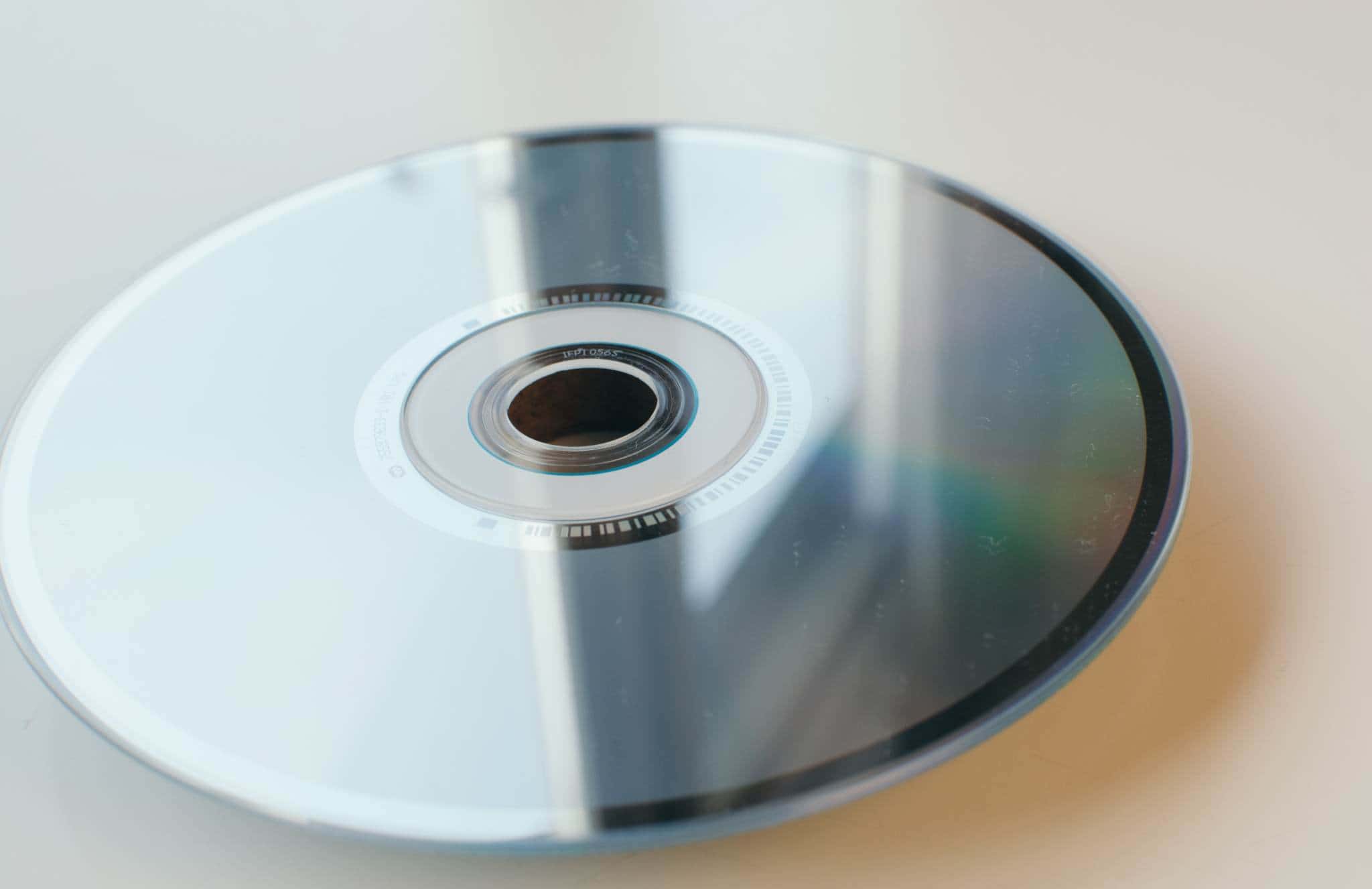
The iPod
Apple wasn’t the only one to make digital audio carriers, but the iPod was by far one of the most popular. It was first introduced in 2001, and since the first release and tens of models later, 250 million models are sold. It is the most sold audio player in the world.
Audio is digitally stored on the iPod, and can only be listened to. Later when iPods were introduced with a bigger screen, video could also be viewed on the iPod. The greatest benefits for the iPod are its size and quality. The first generation iPods had a capacity of five gigabytes. You first have to download music in iTunes, software from Apple, and then you have to synchronize the iPod with your iTunes library.
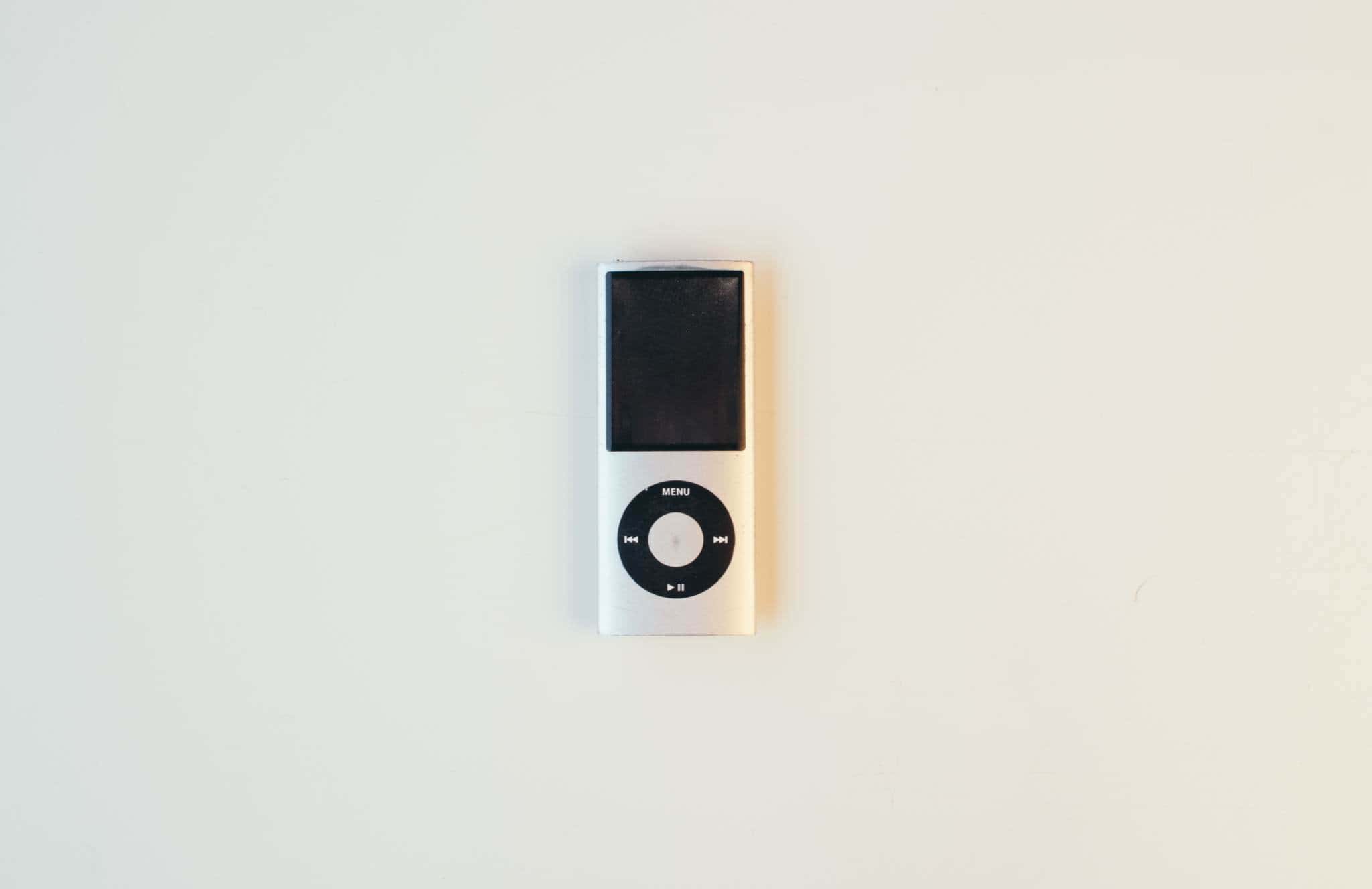
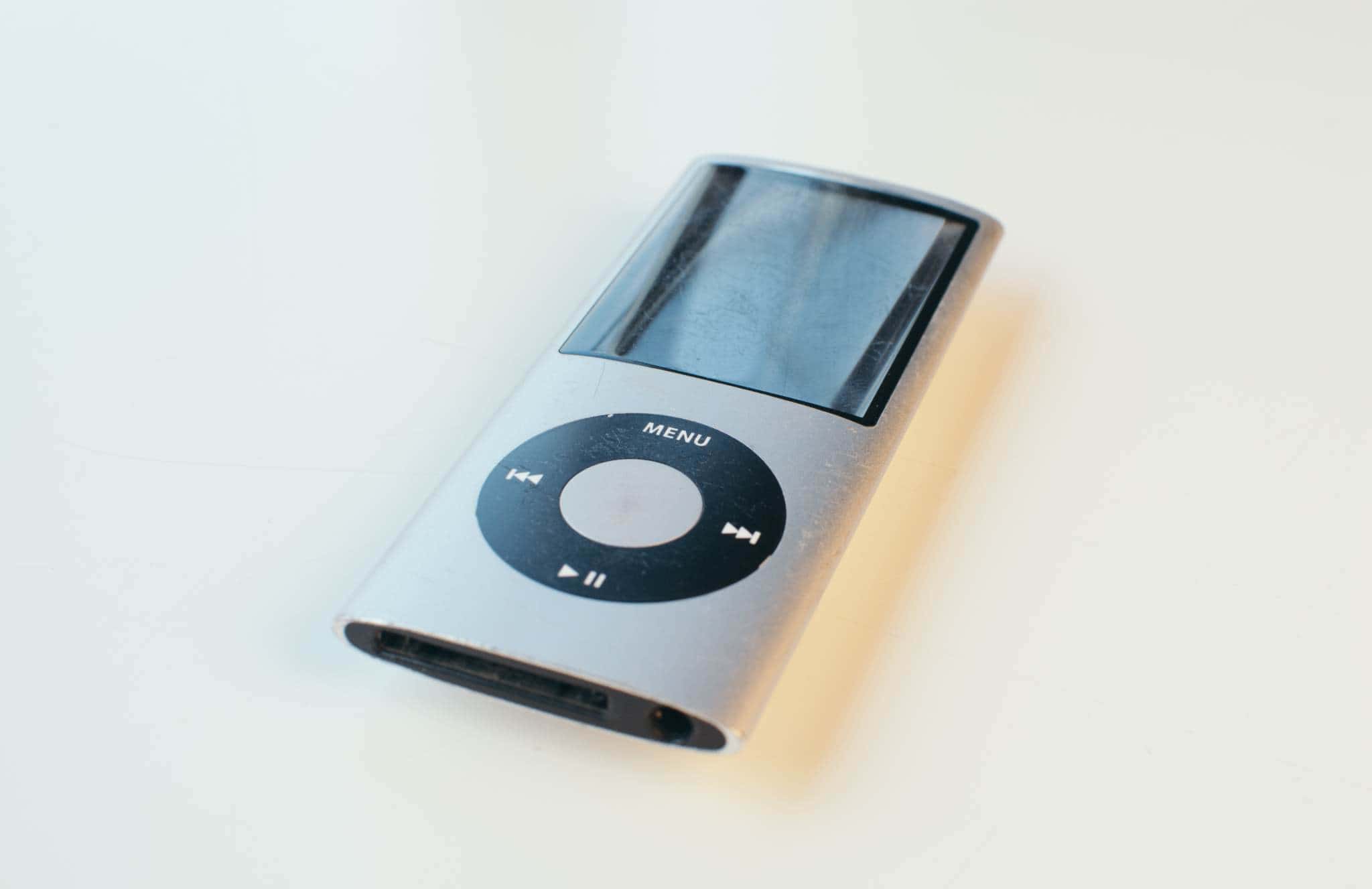
Streaming services: Spotify
Spotify was invented by two Swedish guys in 2006. It has an enormous database with millions of songs. If you want to benefit from all the services you have to subscribe to Spotify, which costs you €9,99 a month. But you also have the possibility to listen without a subscription. This means, however, that you can’t select songs and download them for offline listening.
Spotify is available for most devices and webbrowsers. Spotify has been available in the Netherlands since 2010, because the streaming company had difficulties with music licenses.
